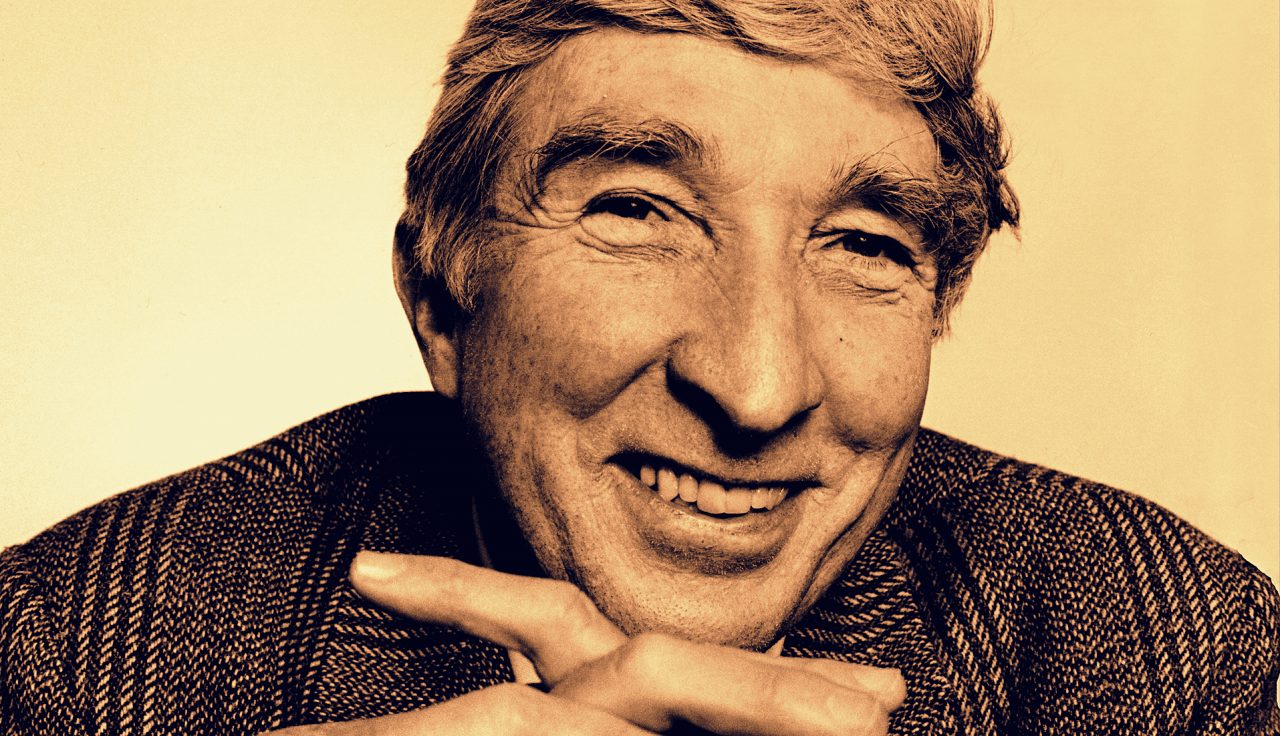John Updike was a gallery-goer of genius. Always Looking is, like everything else he wrote, an invitation to look, to see, to apprehend the visual world through the eyes of a connoisseur. From Amazon
The Clarity of Things, the lectures title, comes from Jonathan Edwards, the 18th-century Calvinist theologian and divine whose graphic and sometimes terrifying sermons helped spark Americas first Great Awakening. The phrase sums up what Updike believes is an enduring feature of the American mentality: an inclination, derived both from Puritanism and the empiricism of early modern science, to find in things, clearly and exactly perceived, the principal manifestations of Gods perfections and even another text of divine revelation.
More simply, as Updike elaborated, this mentality exhibits a deep-rooted preference for things over abstract concepts, an aesthetic memorably summed up in the words of 20th-century poet William Carlos Williams: For the poet there are no ideas but in things. Or as Updike would also insist, for the American artist in general.
In one of the most engaging pieces in “Higher Gossip” Updike muses about the history of American snapshots, noting how they’ve changed over the decades and how they’ve served two impulses: “the creative and the commemorative.” The first, he writes, “sought to catch, in the plump snap of the shutter, something vivid and even beautiful in its color and contour; the second aim, more realistic though in a sense grander, was to halt the flow of time.”
This, of course, is what Updike himself did in countless novels, short stories and other writings over a five-decade-long career: He gave us windows into other lives as they unfurled through the quiet 1950s, the upheavals of the late ’60s and ’70s and onward across the turn of the millennium — flash-lit glimpses of ordinary life in all its mundane, inexhaustible and kaleidoscopic glory.- Michiko Kakutani
“In Kodachrome-sharp snapshots, he gave us the 50’s and early 60’s of suburban adultery, big cars and wide lawns, radios and hi-fi sets, and he charted the changing landscape of the 70’s and 80’s, as malls and subdivisions swallowed up small towns and sexual and social mores underwent a bewildering metamorphosis.”
A Relentless Updike Mapped America’s Mysteries. Michiko Kakutani, New York Times January 27, 2009
“The photographic impulse, as I experienced it in my days as a Nikon-toting daddy, wore two aspects, the creative and the commemorative. The first sought to catch, in the plump snap of the shutter, something vivid and even beautiful in its color and contour; the second aim, more realistic though in a sense grander, was to halt the flow of time. The camera, that highly evolved mechanism, put into Everyman’s untrained hands the chance to become, if half by accident, a death-defying artist.” John Updike, Higher Gossip-pg.351
